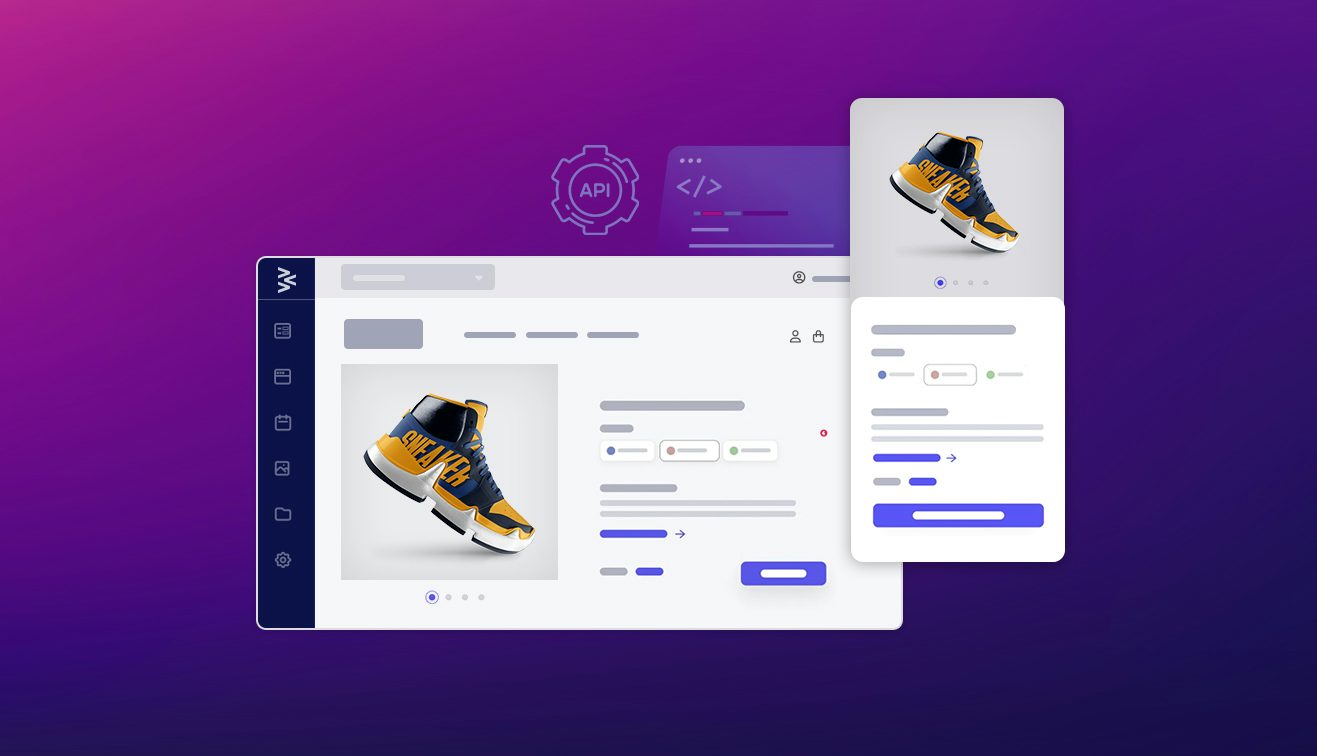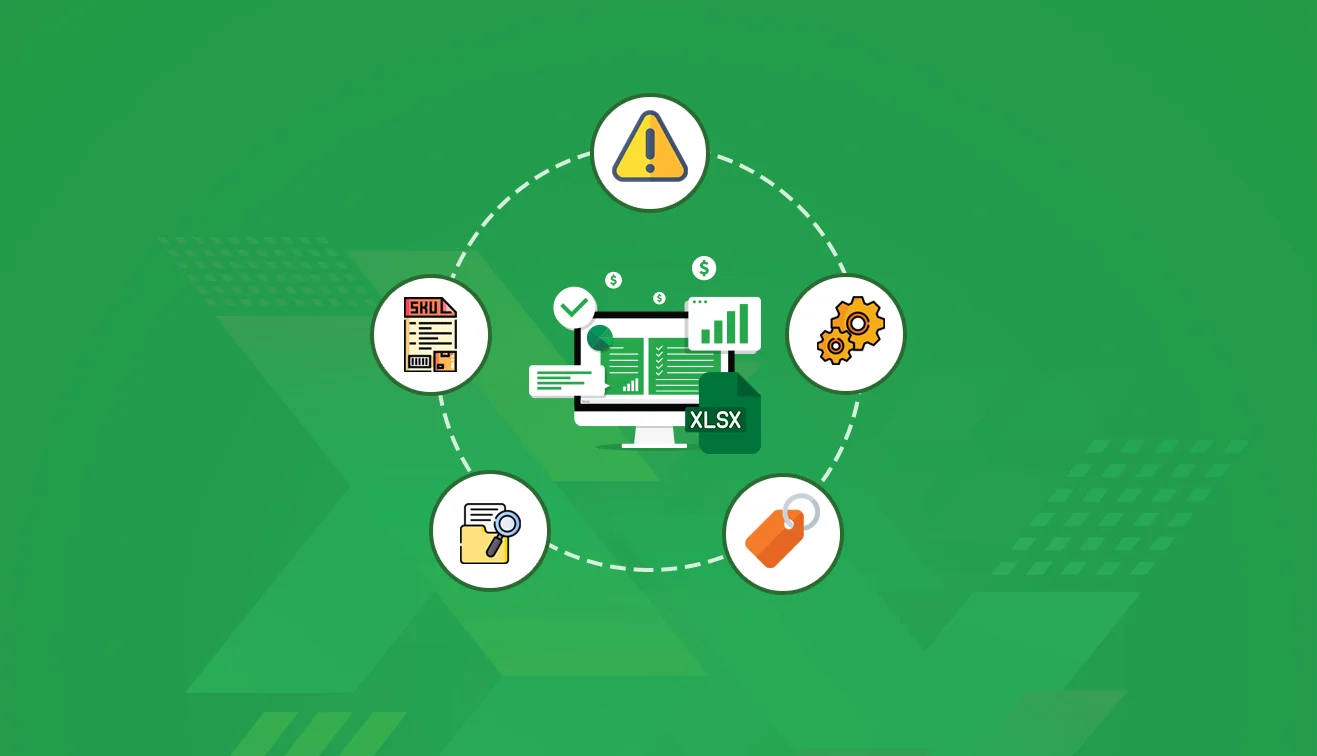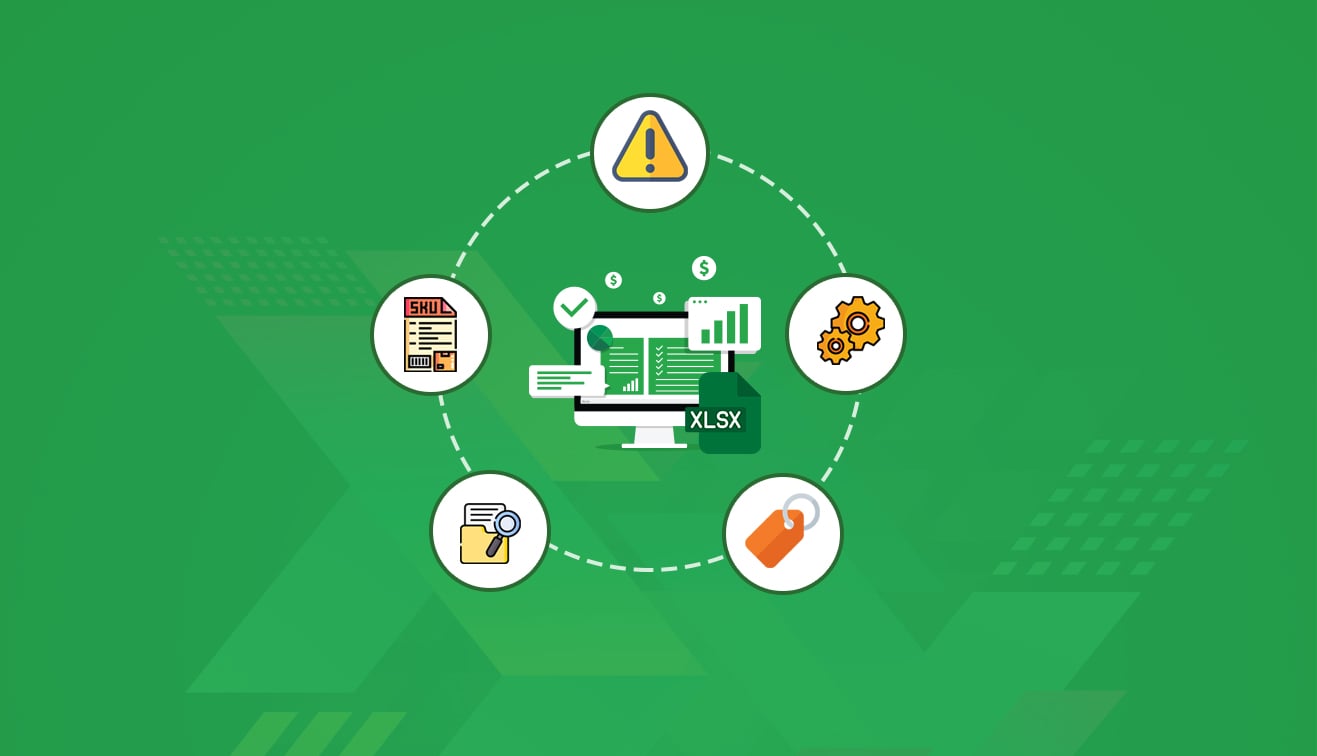It’s already 2024, and PIM has become an indispensable tool for modern brands, there are several software options that pose a challenge for retailers seeking the ideal solution. How can they navigate this landscape and select a PIM solution that propels their business to the next level? In the pursuit of growth and competitiveness within ecommerce, product information management stands out as a critical factor. Leading brands leverage PIM software to centralize, organize, distribute, and analyze product information effectively.
According to Webinarcare Report, the PIM market is projected to grow at a CAGR of 23.3% in next 5 years.
Retailers, with their firsthand knowledge of their brand's needs, play a crucial role in determining the essential features for their preferred PIM software. Here are some must-have features for PIM software that serve as a foundational reference for retailers embarking on the quest for the perfect product catalog management solution to meet the evolving needs of their growing businesses.
Must have Features in a PIM For Modern Brands
1.Comprehensive Bulk Editing: This feature streamlines the editing of product data across multiple distribution channels, replacing time-intensive manual processes with efficient, cumulative data editing. This allows for consistent product information across various platforms, freeing up time for more creative and complex tasks.
2. Advanced Catalog Management: Easily create, define, and manage catalogs with options for promotions, special offers, and custom pricing. This tool is especially beneficial for multi-tenant enterprises, enabling them to distribute and manage catalogs across different teams and vendors seamlessly.
3. Localized Product Content: A top-tier PIM solution should offer extensive localization capabilities, enabling the presentation of product information in the language, currency, and dialect preferred by different global audiences. This includes globalization tools for automatic localization adjustments based on viewer region.
4. Dynamic Product Data Modeling: Facilitates the creation of custom product data models, considering various product characteristics, attributes, and their interrelations. This feature should adapt to changing market demands and support aspects like multilingual management, object relationships, classification standards, and data inheritance.
5. Efficient Data Distribution & Syndication: Streamlines the sharing of product information across all sales channels, consumer apps, and business systems. This includes automatic syndication capabilities, eliminating the need for separate data distribution tools.
6. Integrated Digital Asset Management (DAM): Manage and centralize all digital media, including images, videos, and documents, enhancing the digital customer experience. DAM also allows for deeper associations between digital content and product pages, potentially boosting conversion rates.
7. Collaborative Workflow Management: This system enables orchestration, collaboration, and automation of business processes, accommodating multiple users to concurrently work on product information. It includes a graphical workflow editor for task and content management based on role-specific configurations.
8. Customizable User and Rights Management: Offers detailed rights management, allowing for personalized interfaces for individual users and specific use cases. Control over access and editing rights at the attribute and record levels ensures a secure and efficient work environment.
9. Robust Product Data Management: This core feature is essential for seamlessly handling, updating, and distributing product information with finesse. Imagine a system that not only centralizes your product data but transforms it into accuracy and relevance. A robust PIM system is the virtuoso conductor, ensuring every piece of information harmonizes across channels, resonating with customers and boosting your brand's credibility.
10. Centralized Product Information Database: A centralized product information database is the nerve center of efficient eCommerce operations. This digital tool not only streamlines data accessibility but ensures uniformity across diverse channels. Whether updating product descriptions, modifying images, or introducing new items, this centralized hub simplifies the management process, eliminating inconsistencies and reducing the risk of errors.
11. Flexible Data Structure and Taxonomy: A flexible framework that allows dynamic classification and organization, accommodating the ever-evolving nature of products and market trends. It's the key to unlocking agility, ensuring that your data structure can gracefully dance through the nuances of industry changes. With a taxonomy, businesses can effortlessly introduce new categories, attributes, and relationships, fostering innovation without the constraints of rigid structures. In PIM, flexibility in data structure and taxonomy isn't just a feature; it's the blueprint for staying ahead in a world where adaptability is paramount.
12. Seamless Integration with E-commerce Platforms: Seamless integration with e-commerce platforms is the linchpin of a successful PIM system. For example, a solution that effortlessly syncs with your existing e-commerce infrastructure, transforming data management into streamlined process. This compatibility ensures that your product information seamlessly flows across channels, be it your website, mobile app, or various online marketplaces.
The result?
A seamless online presence that not only enhances operational efficiency but also maximizes your reach and impact in the ever-expanding digital marketplace.
13. Multi-Language and Currency Support: Essential for global business operations, accommodating a wide range of languages and currencies.
Multi-language and currency support in a PIM system is the passport to global reach. This feature ensures that your product information can transcend linguistic and monetary barriers, catering to diverse markets effortlessly. It's the key to expanding your reach, breaking down international boundaries, and ensuring that your products speak the language of a global audience, boosting your brand's versatility and resonance.
14. Workflow Management and Approval Processes: Efficient workflow management and approval processes are the silent architects behind a well-orchestrated e-commerce operation. It effortlessly guides product data through a structured journey, from creation to publication. This feature not only streamlines collaboration among team members but also ensures that changes undergo a meticulous approval process, maintaining data accuracy and integrity.
15. Data Versioning and History Tracking: Data versioning and history tracking in a PIM system are akin to a time-traveling guide for your product information. A PIM tool through data versioning and history tracking can track changes, revert to previous versions, and understand the evolution of your data over time. This feature not only safeguards against inadvertent errors but also empowers users to explore the historical journey of product information.
16. Effective Management of Product Variants: Efficient management of product variants is the compass guiding e-commerce through the maze of diverse offerings. This feature effortlessly handles different product versions, sizes, colors, and configurations. This not only streamlines the process of presenting diverse options to customers but also ensures consistency and accuracy in variant data.
17. Enhanced Search and Navigation: Facilitates easy finding and accessing of product information. Enhanced search and navigation in a PIM system act as the compass in the dynamic range of product data. It is a solution that enables users to swiftly locate and explore product information with precision. This feature streamlines the user experience, facilitating quick and intuitive searches, ultimately enhancing customer satisfaction.
18. Data Enrichment and Quality Control: Data enrichment and quality control are the guardians of reliable product information. A PIM system not only enhances your data with additional details but also ensures its accuracy and consistency. This feature acts as a vigilant gatekeeper, preventing errors and maintaining the integrity of your product data. With data enrichment and quality control, businesses can confidently present a polished and accurate product catalog, fostering customer trust and loyalty in the competitive market of e-commerce.
19. Comprehensive Reporting and Analytics: Comprehensive reporting and analytics in a PIM system are the navigators guiding strategic decisions in the vast sea of product data. This tool not only compiles but also analyzes data, offering actionable insights into product performance, customer behavior, and market trends. This feature is the compass steering businesses toward informed choices, helping optimize product listings, marketing strategies, and overall operations.
20. Collaboration Tools and User Management: Collaboration tools and user management are the architects of seamless teamwork within a PIM system. This feature helps in centralizing product information and fosters collaboration among team members. It also streamlines workflows, allowing teams to work together efficiently in managing and enhancing product data. With robust user management, businesses can control access levels, ensuring that each team member has the right permissions.
21. Dedicated Support and Training: Dedicated support and training are the cornerstones of a successful PIM implementation. This includes training programs that empower users to harness the full potential of the PIM system. With dedicated support and training, businesses can ensure a smooth onboarding process, troubleshoot challenges effectively, and maximize the benefits of their PIM investment. It's like having a reliable guide, ready to assist at every step, ensuring that teams can confidently manage and optimize their product data for enhanced efficiency in the world of e-commerce.
End Note
In you want to scale your brand in today’s competition, a strong online brand presence is paramount for success. It not only broadens your reach to a wider audience but also enhances the overall customer experience. Utilizing Product Information Management is invaluable for effectively managing every aspect of your eCommerce business. The features offered by PIM not only enhance your operational efficiency but also streamline processes, ensuring a seamless experience throughout your business journey.












































































.jpg?w=3840&q=75)


.png?w=3840&q=75)











.jpg?w=3840&q=75)

